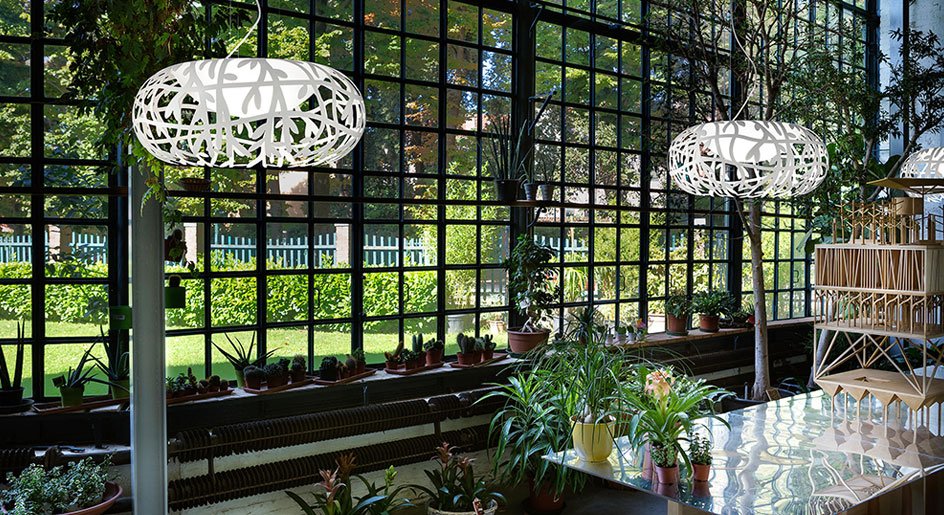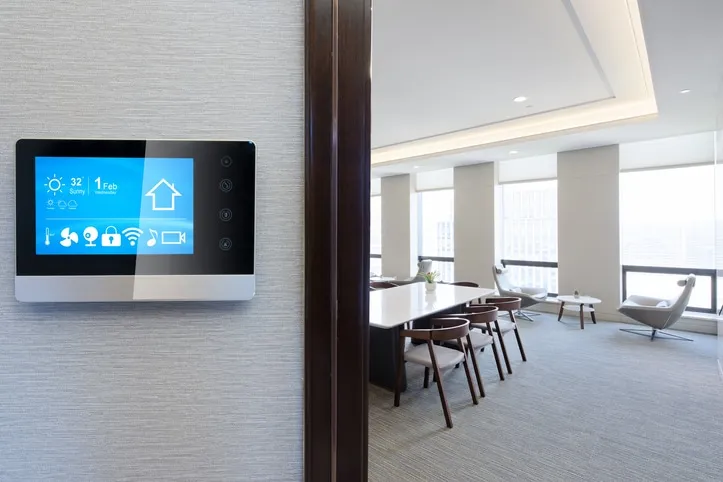Introduction
As the world becomes more environmentally conscious, sustainable practices are increasingly prioritized across various industries. Lighting is one area where significant strides can be made toward sustainability. Sustainable lighting practices not only reduce energy consumption and costs but also play a crucial role in promoting a green economy. This blog post will delve into the importance of sustainable lighting and how it contributes to a greener future.
1. Energy Conservation

Sustainable lighting primarily focuses on energy conservation. Traditional incandescent bulbs are highly inefficient, converting most of the energy they consume into heat rather than light. In contrast, energy-efficient lighting solutions like LEDs use significantly less energy to produce the same amount of light. By switching to LEDs, you can reduce your energy consumption by up to 80%.
Energy conservation through sustainable lighting not only lowers electricity bills but also reduces the demand on power plants. This decrease in energy demand translates to fewer fossil fuels being burned, thereby reducing greenhouse gas emissions and contributing to a cleaner environment.
2. Long Lifespan and Reduced Waste
Energy-efficient lighting products have a much longer lifespan compared to traditional lighting. LEDs, for example, can last up to 25,000 hours, whereas incandescent bulbs typically last only about 1,200 hours. The extended lifespan of LEDs means fewer bulbs need to be produced and disposed of, reducing waste and the environmental impact associated with manufacturing and disposal processes.
Reduced waste is a critical component of sustainable practices. By minimizing the frequency of bulb replacements, we can significantly cut down on the amount of waste that ends up in landfills. Additionally, many LED bulbs are designed to be recyclable, further enhancing their environmental benefits.
3. Lower Carbon Footprint
The use of energy-efficient lighting solutions directly contributes to a lower carbon footprint. Traditional incandescent bulbs generate a substantial amount of heat, wasting energy and contributing to higher carbon emissions. In contrast, LEDs and other energy-efficient bulbs operate at cooler temperatures and use less energy, resulting in lower greenhouse gas emissions.
Adopting sustainable lighting practices helps mitigate climate change by reducing the overall carbon footprint of homes, businesses, and communities. Every step taken to decrease energy consumption and carbon emissions contributes to global efforts to combat climate change and protect our planet for future generations.
4. Eco-Friendly Materials
Sustainable lighting products are often made from eco-friendly materials, further reducing their environmental impact. Unlike traditional bulbs, which may contain hazardous substances like mercury, LEDs are typically free from such harmful materials. This makes them safer for both the environment and human health.
Additionally, many sustainable lighting products are designed with recyclability in mind. Components such as the housing and heat sinks of LED bulbs can often be recycled, reducing the environmental burden associated with disposal. By choosing lighting products made from sustainable materials, you can support the development of a circular economy where resources are reused and recycled rather than discarded.
5. Promoting Sustainable Practices
Implementing sustainable lighting practices extends beyond individual benefits to broader societal impacts. As more people and businesses adopt energy-efficient lighting, awareness of environmental issues and sustainable practices increases. This growing awareness can drive further positive changes, such as the development of new technologies and policies that support sustainability.
Promoting sustainable lighting is also crucial for achieving broader environmental goals. Governments and organizations worldwide are setting ambitious targets for reducing carbon emissions and increasing energy efficiency. By adopting sustainable lighting practices, you contribute to these goals and support the transition to a greener, more sustainable economy.
Conclusion
Sustainable lighting plays a vital role in advancing the green economy and reducing environmental impact. By conserving energy, reducing waste, lowering carbon footprints, using eco-friendly materials, and promoting sustainable practices, we can make significant strides toward a more sustainable future. Adopting sustainable lighting solutions is a simple yet effective way to contribute to global efforts to protect our planet and ensure a healthier environment for future generations.
Resources:
- Energy.gov on LED Lighting
- Environmental Protection Agency (EPA) on Energy Efficiency
- Sustainable Materials Management
- U.S. Green Building Council on Sustainable Lighting
- Climate Change and the Role of Energy Efficiency








